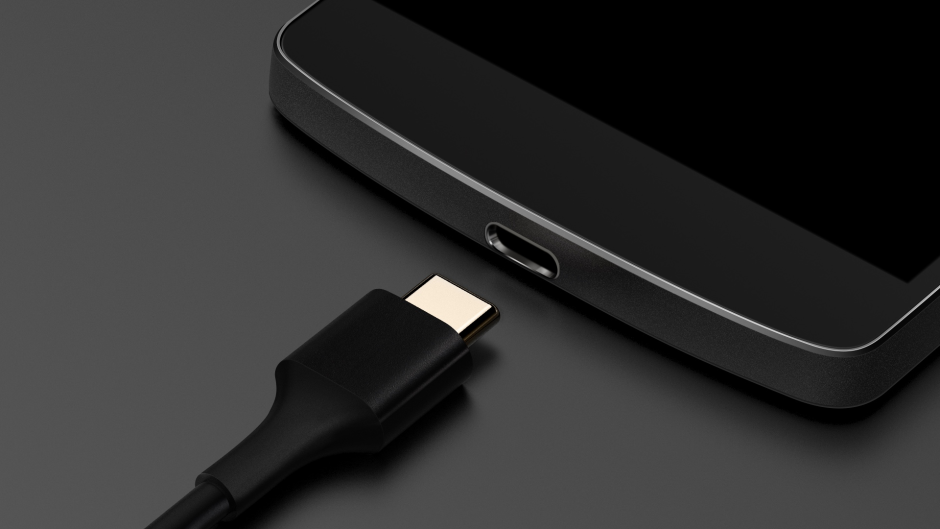Here’s how you can connect a USB to your Android device

Android is known for its customization options. While Apple chooses to close down its smartphone in favor of a more cohesive experience, Google goes the other way. This is why you can do things on Android you wouldn’t even dream of doing on an iPhone (Apple fans may disagree).
Also Read: How to transfer music (or almost anything) from your Android to your PC without a data cable.
USB flash drives are the holy grail of portable storage devices, especially for carrying around your music playlist. Here’s how you can directly connect a USB to your phone. Note that you can also connect other USB devices like a mouse or a keyboard in this way.

Requirements
- A USB On-The-Go (OTG) compatible Android device: Most Android devices are compatible with OTG. However, just to be on the safe side, you can download this app to check if your device supports OTG or not.
- A USB OTG Cable: The only hardware requirement is this small cable that will allow your USB device to connect to the micro-USB port on your device. The cable is readily available in most mobile shops in Pakistan and cost me barely Rs.100.
Connecting a USB device to an Android
- Connect the OTG cable to your Android device.
- Plug in your USB Flash storage device (or USB mouse/keyboard) in the OTG cable’s female port.
As soon as the connection is initiated, you should get a notification on the Android. You can then use any file explorer to explore your USB device. To disconnect safely, just scroll down the notification shade and tap on “USB mass storage connected”.
I have tried it out with a Nexus 6 and can confirm that it works perfectly. I even tried it with a USB portable mouse that I had lying around and, although it felt a little jarring to be using a mouse with a touch device, it worked great too.
The only downside to using this method is that it will eat up your device’s battery a little more quickly than it normally would. I didn’t see any worrying drop in battery performance since USB devices require very little power but it’s still worth mentioning.
Image Source — ArsTechnica
I cover startups, review gadgets and talk about latest developments in the technology industry. Get in touch through [email protected].
Related Posts
Tecno Pakistan Maintains Steady Local Manufacturing Output in 2025
ISLAMABAD: Tecno has successfully maintained its presence in local mobile manufacturing, displaying consistency despite industry fluctuations. According to the latest data, Tecno’s locally assembled…
Vivo Pakistan Faces Sharp Decline in Local Manufacturing in Early 2025
ISLAMABAD: Vivo, a prominent player in the local mobile manufacturing market, has experienced a significant drop in production in early 2025. According to the…














